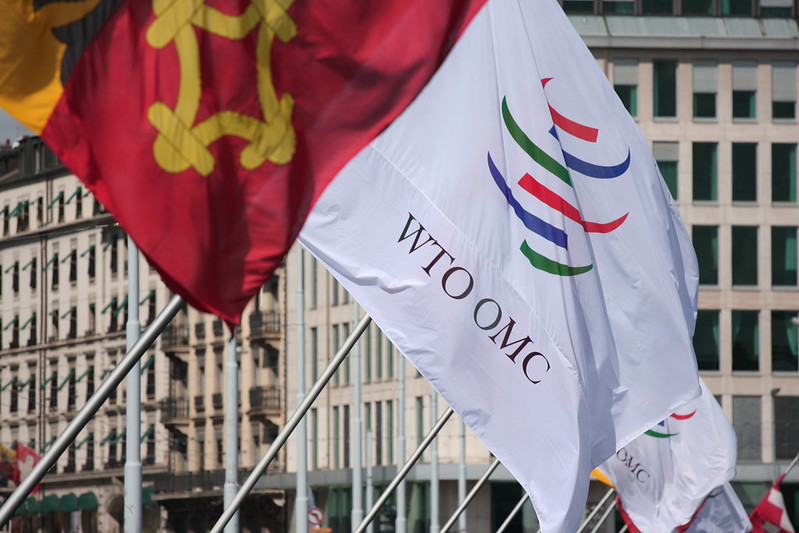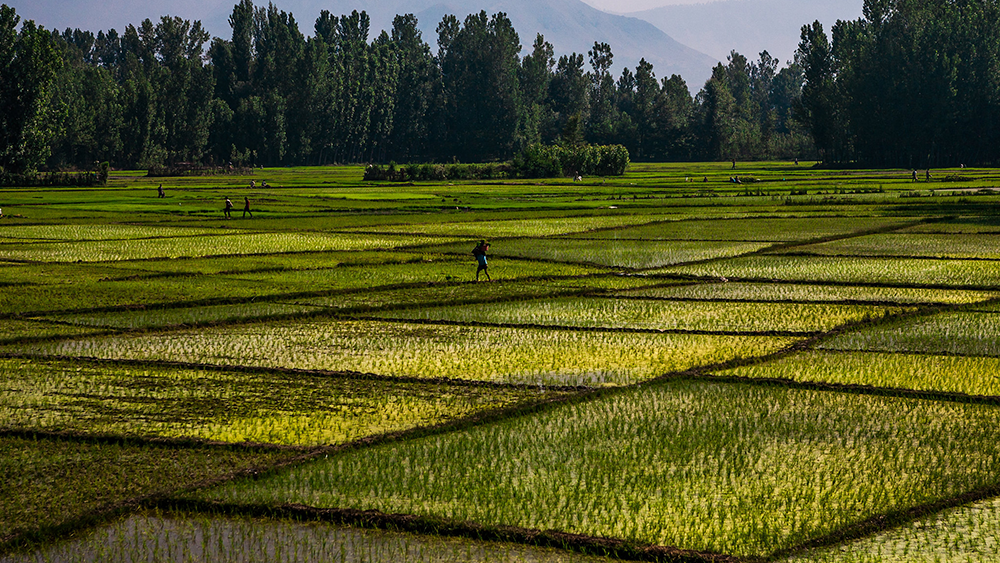Physical violence in parliament remains an understudied political phenomenon. In this article, Moritz Schmoll and Wang Leung Ting show how the occurrence of brawls is determined above all by the quality of democratic institutions and the composition of the chamber, and argue that political scientists should take it more seriously.
Parliaments are supposed to be places where the elected representatives of the people debate laws by peacefully – albeit sometimes heatedly – exchanging arguments. On occasion, however, the rules of parliamentary dignity and civility go out the window and MPs physically attack each other.
While these acts are clearly against democratic norms and traditions, amongst all the sensationalist – and admittedly sometimes quite amusing – news coverage we tend to forget that such brawls are a serious political phenomenon. The disruption of parliamentary proceedings by acts of violence, especially if they occur regularly, should not be brushed off as irrelevant.
Research by Batto and Beaulieu on the Legislative Yuan of Taiwan – the world’s most frequent violator of parliamentary etiquette – showed that seeing fistfights lowered voters’ views of the legislature and the democratic process. Joanne Freeman’s study of violence in Congress in the run-up to the American Civil War suggests that physical violence in legislatures may act as a bellwether for civil conflict.
But why does violence occur in some countries but not in others? This is what we examined in a study recently published in the Journal of Conflict Resolution. We built a cross-country dataset of instances of physical violence in national legislatures spanning almost four decades, from 1980 to 2018 (the dataset can be found here).
First, what we observe is that brawling is more common and widespread than expected. We counted 375 cases spread across almost 80 countries. The map below shows the geographic distribution of cases between 1990 and 2018, the timeframe of our analysis.

There are no obvious patterns when we look at where this violence occurred except that there seem to be fewer outbreaks of violence in the established Western democracies.
Could quality of democracy be the key determinant of physical violence in parliaments? Intuitively, this makes sense. When elections are fair and democratic, legislators tend to view the outcome of parliamentary proceedings as legitimate and the opposition can be sure that at the next election they have a shot at reversing whatever policy decision they disagreed with. Moreover, the most democratic countries also tend to be the oldest democracies, in which democratic norms and practices are more deeply rooted.
But there are also good reasons to expect that highly undemocratic countries would experience less violence. That’s because, in the most authoritarian countries, parliaments are much more of a rubber stamp, fully controlled by the regime in power. What would be the point of starting a fight in a parliament where no consequential decisions are made and most representatives are actually “on the same team”?
We therefore suspected that violence would be most common in the countries that are neither very democratic nor very authoritarian. Indeed, we observed a curvilinear relationship between levels of democracy and physical violence in parliament, where the probability of violence peaks at middling levels of democracy:

But shouldn’t the composition of the chamber also affect whether MPs resort to their fists? We thought that parliaments with more radical, fringe parties should also have more brawls. After all, those are the parties that often hold the strongest political views and are least willing to compromise. This proved correct: we found that highly fragmented parliaments, in other words, chambers with a greater number of smaller parties, witness more violence. An illustration of this is the entry of the Economic Freedom Fighters (EFF) into the National Assembly of South Africa. The post-Apartheid parliament was strongly dominated by the African National Congress and had virtually no incidents of violence until after the 2014 election, when EFF parliamentarians started employing highly disruptive tactics which on several occasions led to clashes with other lawmakers.
Lastly, we argued that when a legislature is polarised between two large camps of broadly similar size, this ought to raise the stakes and the uncertainty in parliamentary deliberation and votes. Proposals forced through with slim majorities might also be seen by the opposition as less legitimate. Both of these factors should heighten the incentives for legislators on either side of the aisle to employ extraordinary actions, such as physical violence, to either block the passage or force through a law in the chamber. We again found confirmation for this hypothesis.
Other factors, such as the share of women in parliament, rates of violence in society, or broader levels of development did not seem to play a significant role in shaping the likelihood of violence.
What do these findings mean for countries that do experience violence? Measures like supermajority requirements to pass legislation can force cooperation (or legislative gridlock) in otherwise polarised assemblies. The South Korean parliament, historically also no stranger to parliamentary brawls, passed a law establishing such a supermajority (akin to the American filibuster) resulting in significantly fewer fights. Various other electoral systems could conceivably deliver bigger majorities and keep out fringe parties, but this would likely come at the cost of the representativeness of the assembly.
Our cross-country evidence did not allow us to conclusively establish whether democratisation or democratic backsliding leads to more or less violence, but the examples of Russia and Turkey suggest that the effects of (de-)democratisation may depend on its previous levels of democracy. During a fragile and limited democratisation process in the 1990s, brawls started happening quite regularly in the Duma (Russian Assembly), something unheard of during the Soviet era. After President Putin’s election and the progressive return to a closed authoritarian system, violence subsided. Turkey, which in the 2000s had relatively high levels of democracy, had only occasional brawls in those years. But after President Erdogan shifted the country onto an increasingly authoritarian path, effectively turning it into an “anocracy” that blends authoritarian and democratic elements, violence in parliaments increased significantly. It’s therefore likely that depending on where on the bell curve shown above the country finds itself, and in which direction it moves, (de-)democratisation may lead to more or less violence in parliament.
More research is still needed to better understand the underpinnings and mechanisms of physical violence in legislatures. Better data on ideological polarisation or the individual background of legislators would be helpful for testing further hypotheses. And much remains unstudied about the extent to which brawls could act as a bellwether for future civil conflict, (de-)democratisation, or erosion of voter trust.
The views expressed in this post are those of the authors and in no way reflect those of the International Development LSE blog or the London School of Economics and Political Science.
Image credit: Physical violence in the Taiwanese parliament, July 2017, via AFP and BBC.





